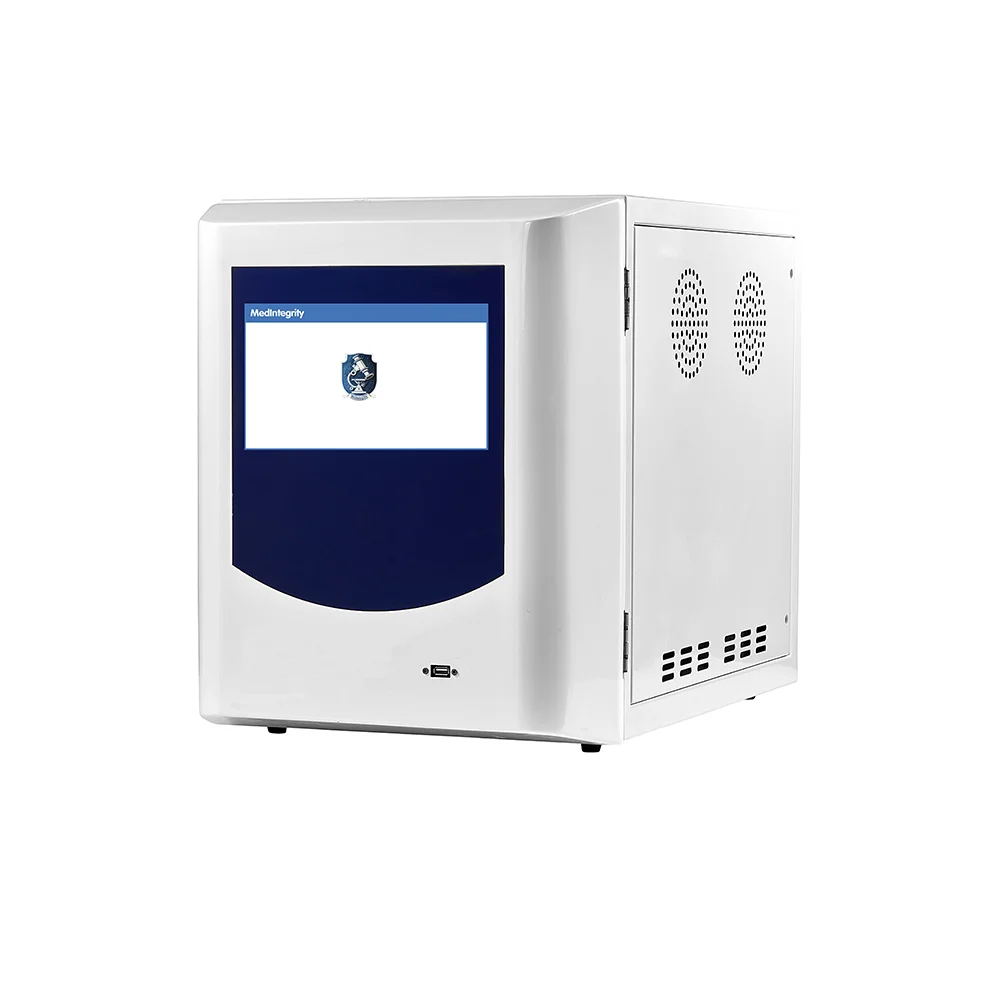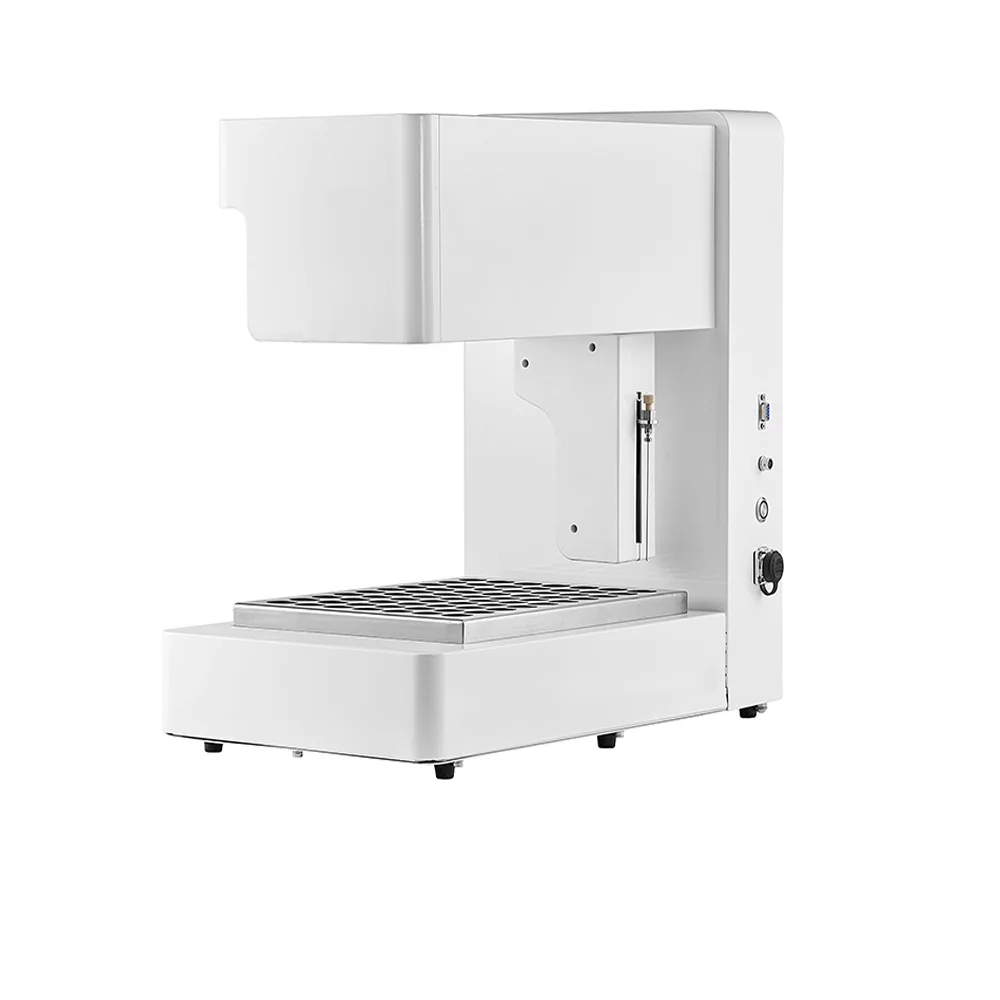Choosing a TOC Analysis Method: Comparing the Four Best Options
Choosing a TOC Analysis Method: Comparing the Four Best Options

Keeping track of organic pollutants in water is very important for protecting nature, following industry rules, and keeping people healthy. Total Organic Carbon (TOC) analyzers are helpful tools used in many areas to measure organic carbon in different materials. These machines give exact results to check for pollution and meet legal standards. This article explains how TOC analyzers work and looks at the four best ways to do TOC analysis.
Overview of Total Organic Carbon (TOC) Analysis
To understand TOC analysis, we need to know its job in testing water quality.
What is Total Organic Carbon and Why It Matters
A TOC analyzer is a special tool made to measure the total amount of organic carbon in water. It shows how much organic stuff is in the water by measuring carbon. The TOC result is a big clue about how much organic pollution is in the water. It helps us know if the water is clean or dirty.
Key Applications of TOC Analysis in Various Industries
TOC analyzers are used in many fields:
- In pharmaceuticals, water must be super clean. TOC analyzers find organic dirt in water used for medicines. This makes sure drugs are safe and good.
- In petrochemical work, lots of wastewater is made. TOC analyzers check the organic carbon in this wastewater. This helps follow environmental rules.
- Environmental checks include testing surface water, groundwater, and seawater. They also test water going into and out of sewage treatment plants.
- In beverage making, TOC analyzers spot germs or other organic bits in water. This stops problems with how drinks taste or their quality.
Common Challenges in Accurate TOC Measurement
TOC analysis gives good information, but some things can make it hard to get right:
- Inorganic carbon can mess up results. It needs to be taken out or counted separately.
- Tiny bits like halides or particles in the sample can cause trouble.
- How well organic stuff turns into measurable forms depends on the method.
- Fancy analyzers need regular care, which can cost a lot.
고온 연소 방식
Among TOC analysis ways, high-temperature combustion is one of the most dependable.
Principle of Operation
This popular method uses burning and non-dispersive infrared absorption. At super hot temperatures of 900–950°C, helpers like platinum, cobalt trioxide, or chromium sesquioxide burn the organic stuff in the water sample. The organic stuff turns into carbon dioxide (CO₂). Then, an infrared gas tool measures the CO₂ to find the carbon amount in the sample.
Advantages in Accuracy and Range
This method is very exact and can handle many different amounts of carbon. It doesn’t get easily messed up by halides or hydrocarbons. So, it’s useful in places like pharmaceuticals and wastewater treatment.
Limitations and Considerations for Use
But this method needs a lot of energy because of the high heat. Also, keeping the machine in good shape can cost more. The parts get worn out faster because of the hot temperatures.
UV Persulfate Oxidation Method
Another common way to measure total organic carbon uses UV light with chemical help.
How the UV Persulfate Method Works
In this method, samples are mixed with persulfate, a strong chemical that breaks down organic stuff. UV light makes the persulfate work better, turning organic things into CO₂. The CO₂ is then measured with an infrared tool.
Benefits in Environmental and Water Testing
This method is great for low amounts of organic carbon, like in drinking water or natural water sources. It’s helpful when hot methods might harm delicate stuff or use too much energy.
Potential Drawbacks and Sample Type Limitations
But UV persulfate oxidation has trouble with tricky samples or those with floating bits. The method works best if the sample is clear and has the right chemical makeup. Cloudy or particle-filled samples can make results less accurate.
습식 화학 산화 방법
Wet chemical oxidation uses strong chemicals at warm temperatures without UV or burning help.
Process Description and Required Reagents
This method often uses potassium dichromate or other strong chemicals to break down organic stuff into CO₂. Heat is used, but not as much as in burning methods. It’s usually done by hand or with some machine help in labs.
Use Cases in Laboratory Environments
This method lets labs process many samples at once with simple tools. It’s common in school labs or places that need cheap ways to test. It works well for labs with small budgets.
Factors Affecting Measurement Consistency
The cleanliness of chemicals, how long the reaction takes, and keeping temperatures steady all affect results. Workers need to be skilled to get steady and trustworthy measurements.
Supercritical Water Oxidation Method
A new and advanced method uses supercritical fluids for complete breakdown.
Mechanism Behind Supercritical Water Oxidation
At temperatures above 374°C and pressures of 22 MPa, water becomes supercritical. It acts like both a gas and a liquid. This helps dissolve organic stuff and makes it break down fast when mixed with oxygen or air. The organic stuff turns into CO₂ for measuring.
Suitability for Complex or High-Salinity Samples
This method is great for very dirty samples, like industrial wastewater with oils or salts. It works well where other methods don’t, making it perfect for tough jobs.
Operational Complexity and Cost Implications
But this method needs costly machines. Special reactors must handle extreme heat and pressure. This high cost means it’s mostly used in big, advanced labs.
Key Factors to Consider When Choosing a TOC Analysis Method
Picking the right TOC analyzer means thinking about several things based on what you need.
Sample Matrix and Composition Requirements
For clean water, like in pharmaceutical work, UV-persulfate methods may be enough. For thick, dirty wastewater from petrochemical or food plants, high-temperature combustion or supercritical methods are more reliable.
Desired Detection Range and Sensitivity Levels
For finding tiny amounts (parts per billion), UV-based systems are best. For a bigger range of amounts, combustion-based analyzers work better.
Instrument Maintenance, Cost, and Throughput Needs
Labs that need quick results like automated systems with autosamplers. Places that want to save money may pick wet chemical methods, even if they need more handwork.
MedIntegrity: a Trusted Supplier of TOC Analyzers
When choosing a good provider, 메드인티그리티 is a trusted name. It offers advanced tools for many uses.
Company Background and Industry Focus
MedIntegrity makes precise tools for industries like pharmaceuticals, environmental checks, petrochemicals, and food and beverage making. These fields need tight control over organic dirt.
Highlights of the TA-200 Total Organic Carbon Analyzer

The TA-200 model shows MedIntegrity’s focus on new ideas:
- Versatility Across Liquid, Gas, and Solid Samples: Its flexible design works for testing different sample types, like wastewater or air bits.
- Advanced Flow Rate Control and Drying Performance: Well-made systems keep flow steady and remove water vapor, stopping problems during CO₂ measuring.
- High Sensitivity with Low Detection Limits: The TA-200 finds very tiny amounts, perfect for super clean uses like semiconductor rinse water or injectable drugs.
Supporting Products: AIS-7200 Autosampler for Efficient Multi-Sample Processing

To make labs work better:
- Automation Benefits for Laboratory Workflows: The AIS-7200 autosampler lets samples be tested without someone watching. It saves time and increases output for regular quality checks or studies.
- Seamless Integration with MedIntegrity TOC Analyzers: Made for MedIntegrity tools like the TA-200, the autosampler works smoothly without extra setup trouble.
자주 묻는 질문
Q1: What does a total organic carbon analyzer actually measure?
A: A TOC analyzer measures all carbon in organic stuff in a sample. It turns these into CO₂ using different methods. The amount of CO₂ shows how much organic stuff is there.
Q2: Which industries benefit most from using TOC analyzers?
A: Industries like pharmaceuticals (for clean water checks), petrochemicals (for wastewater rules), food and beverage (for quality control), and environmental groups (for pollution tracking) depend on TOC measurements.
Q3: How do I choose between online vs laboratory-based TOC analyzers?
A: Online analyzers give real-time results for controlling processes in treatment plants or production lines. Lab-based analyzers are more exact and flexible. They’re good for research, quality tests, or jobs needing detailed control.







